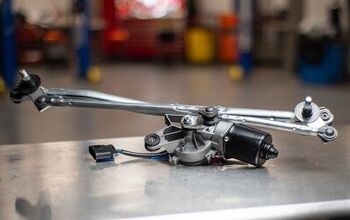Navigating the Honda Maintenance Minder System, What Does it Mean?
In this post we hope to help navigate you through Honda's Maintenance Minder System.
Understanding the Dashboard Display
The Maintenance Minder System effectively communicates your vehicle's maintenance needs. This system showcases the engine oil life as a percentage, starting at 100% and decreasing to 0% as the oil's efficacy diminishes due to usage.
Interpretation of System Messages
The system provides several alerts to inform you of the need for maintenance:
- Oil Life 15%: Indicates imminent service requirement. It's advisable to schedule a maintenance appointment.
- Oil Life 5%: Signals that service is immediately necessary.
- Oil Life 0%: Shows that service is overdue, along with how far beyond the service date you are. Prompt servicing is essential to prevent potential damage.
Main Items and Sub Items
The Maintenance Minder System incorporates Main Items and Sub Items to specify the type of maintenance required:
Main Items - Symbols:
- A: Replacement of engine oil.
- B: Replacement of engine oil and filter, along with inspections of various systems.
Sub Items - Numbers:
- 1: Tire rotation and pressure check.
- 2: Air cleaner element replacement and other inspections.
- 3: Transmission and transfer fluid replacement.
- 4: Spark plug replacement, timing belt check, and other inspections.
- 5: Engine coolant replacement.
- 6: Rear differential fluid replacement (if applicable).
Decoding the Maintenance Minder System
To interpret the Maintenance Minder message, consider both Main and Sub Items. For instance, a display of “A3” implies the need to replace engine oil (A) and transmission fluid (3). Note that while Main Items are always indicated, Sub Items appear based on time and mileage.
Benefits of Adhering to the Maintenance Minder Schedule
Following the Maintenance Minder's schedule brings several advantages:
- Maintained reliability and extended vehicle life.
- Preservation of warranty coverage.
- Enhanced resale value.
Using this system for oil changes ensures optimal engine performance and eliminates the premature oil changes, conserving natural resources and reducing waste. This approach not only benefits the environment but also offers savings in time and expenses.
Become an AutoGuide insider. Get the latest from the automotive world first by subscribing to our newsletter here.
This article was co-written using AI and was then heavily edited and optimized by our editorial team.
More by AutoGuide.com Staff































Comments
Join the conversation